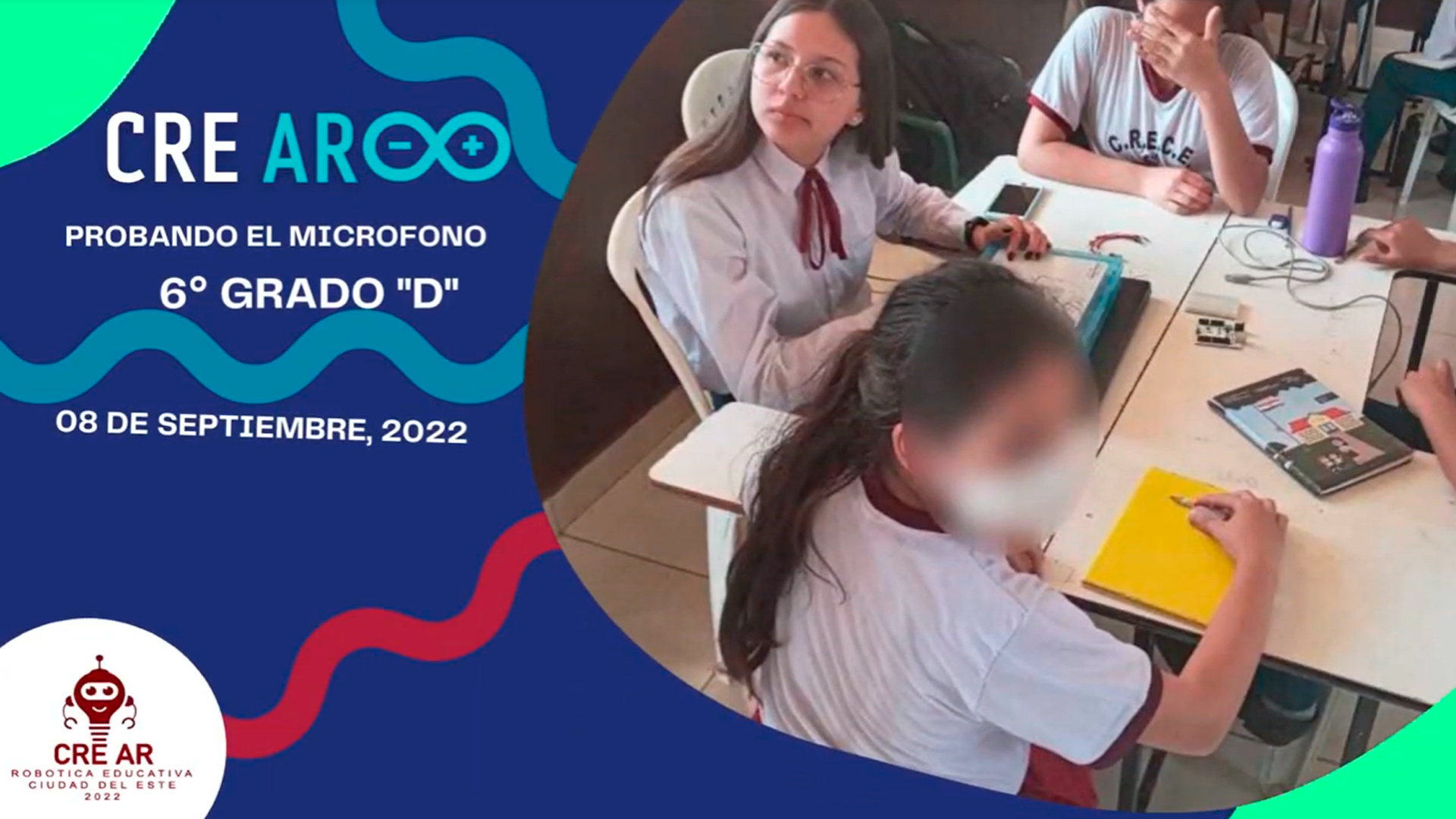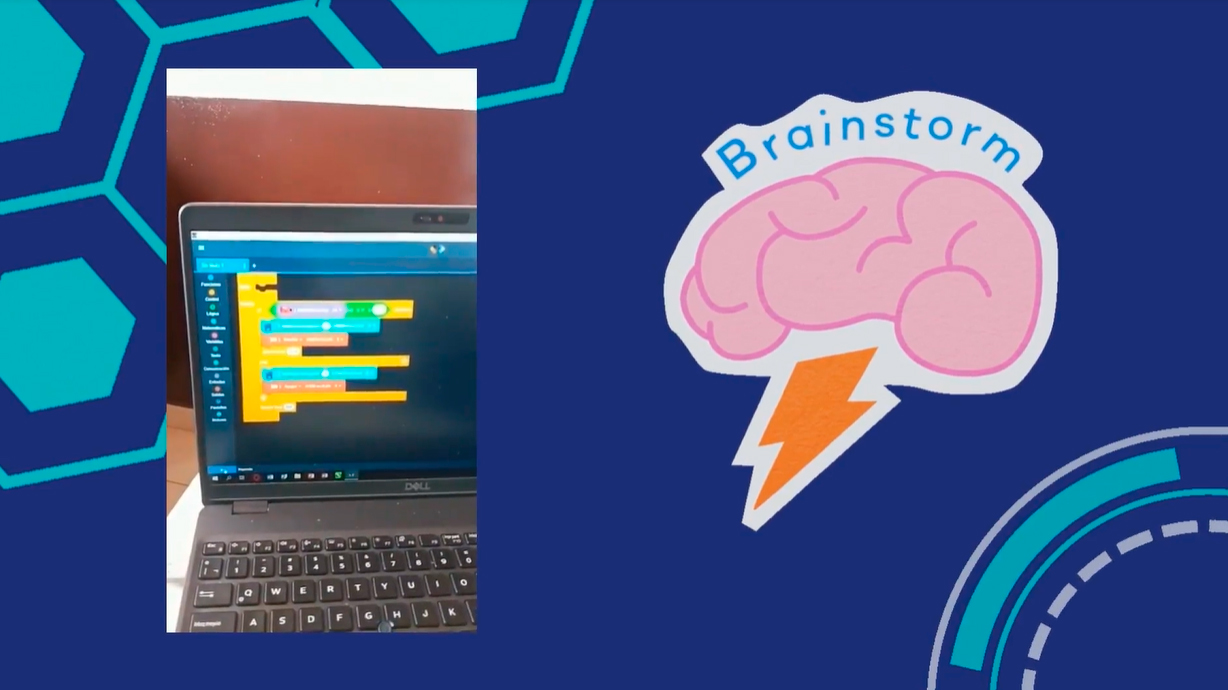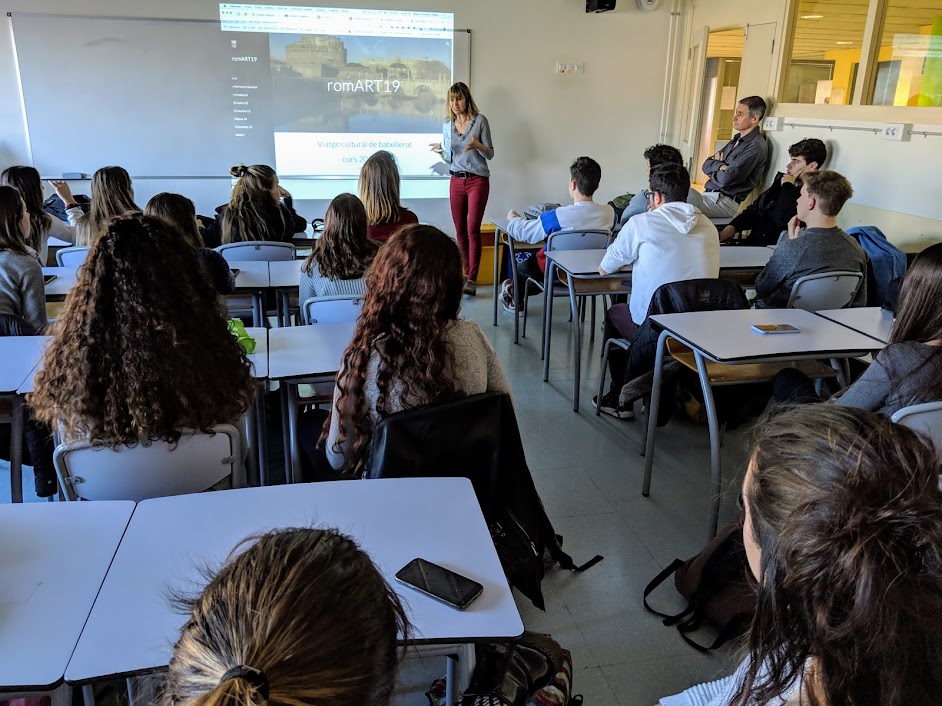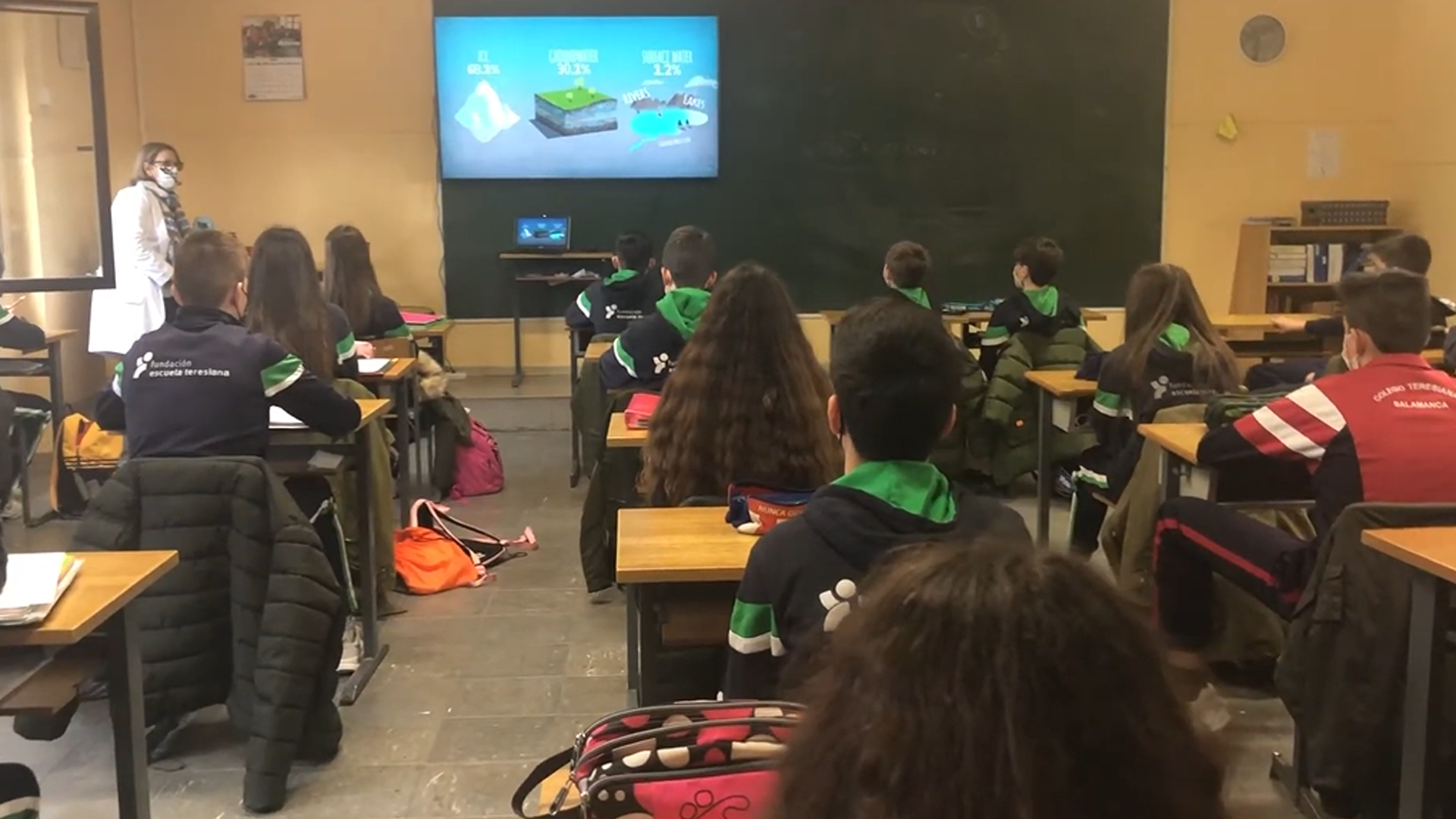Robotics
Classroom Experience
Cre Ar – Educational Robotics
Ciudad del Este, Alto Paraná, Paraguay Show map
In this project, senior secondary students taught fifth and sixth grade primary students from the same school how to use ARDUINO free software and hardware and block programming with EDUCABOT software.
Context
Given the absence of disciplines promoting computational thinking in the primary curriculum in Paraguay, and the senior students’ need to develop service projects to complete their secondary studies, the created project integrated both needs, thus narrowing the digital divide in primary school and fostering the completion of secondary studies.
Highlights...
The intergenerational work among the different groups significantly enriched the project.
Including projects of Computational Thinking in primary school resulted in more students choosing the computer science specialization in secondary.
The secondary students’ teaching experience resulted in several students choosing teaching for their higher studies.
Objectives
Didactic sequence
1
![]()
Assignment of project leaders
Given the need to carry out a service to the community for completing secondary studies, this integrating and interdisciplinary project was proposed. For this purpose, senior secondary students implement a technological inclusion program in primary school.
2
![]()
Creation and conception of classes that will be given
The project can include different contents. In this case, interdisciplinary contents were selected with the 5th and 6th grade teachers (10 and 11 year-old students). The key is to choose topics that may raise a specific problem and whose solution could imply a specific technological development. For instance, when addressing road safety education, a problem on a street corner was raised and a traffic light was developed (programming and design).
3
![]()
Apps installation
It is key to plan the Apps installation and the necessary materials beforehand. In these contexts it is better to work with downloaded applications and not with online versions. Dismiss this step if your working context allows for online versions.
4
![]()
Development of classes
We teachers coordinate the tasks and the secondary groups are the ones who put them into practice and reinforce concepts in the primary teamworks. It is important to assign the role of each secondary student and to accompany them as they advance with the projects.
5
![]()
Student surveys
It is crucial to assess the impact of the project. For this purpose, an assessment of the project implementation as well as a student survey were created.
Evaluation and Conclusions
Successes
The inclusion of robotics and programming projects in primary education.
The motivation and eagerness to design the project caused by the intergenerational work.
The interdisciplinary integration with different curriculum courses and of different educational levels.
Things to improve
This project mainly works with the automation of processes. It could include robots to make programming more complex.
This project can be achieved because:
It integrates the specific needs of the school.
It proposes solutions that encourage the critical use of technology.
It involves the interdisciplinary work of teachers from different educational levels.
It integrates the specific needs of the school.
It proposes solutions that encourage the critical use of technology.
It involves the interdisciplinary work of teachers from different educational levels.
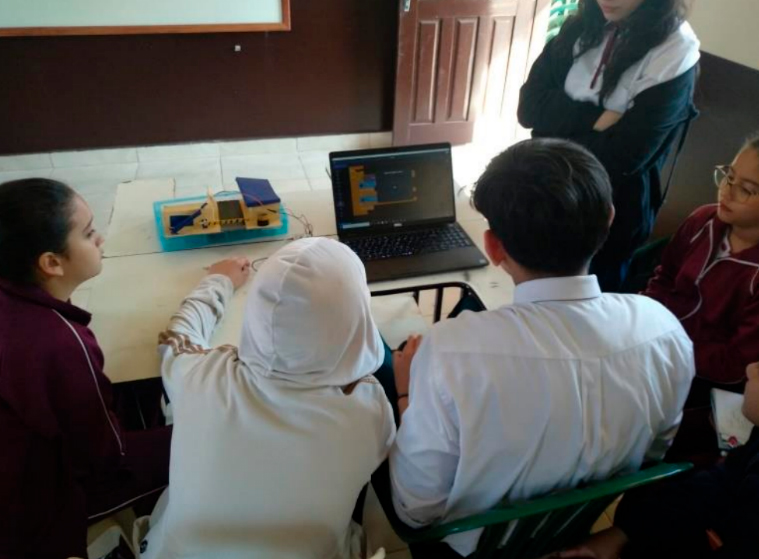
Take this experience to your classroom!
Tips to adapt the experience to your classroom
1
Don´t forget the older students!
Encourage the older groups to motivate the younger ones.
2
Coordinate the collaborative work
Abandon the teaching role that holds all the answers and become knowledge mediators, integrating the diverse digital cultures of the different generations.
Links
Pedagogical links

